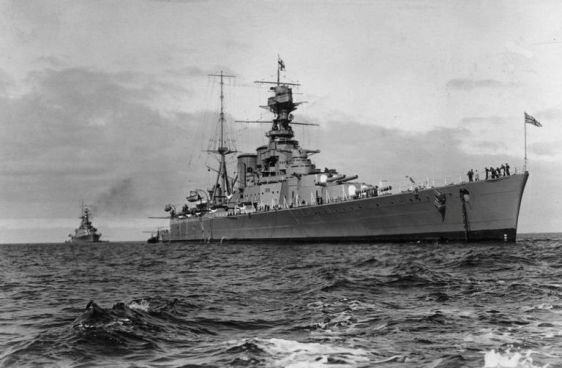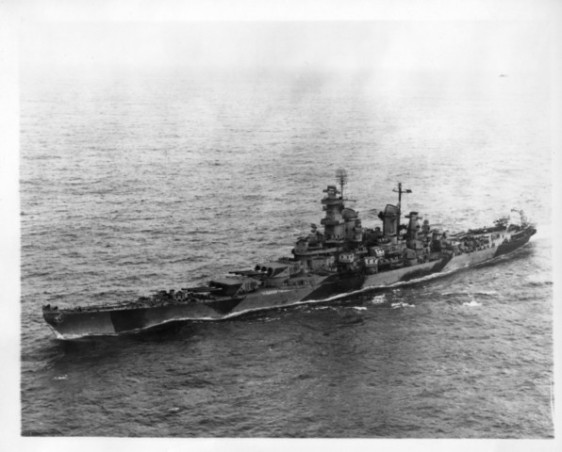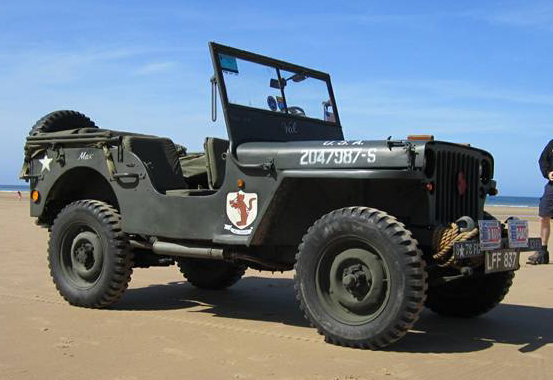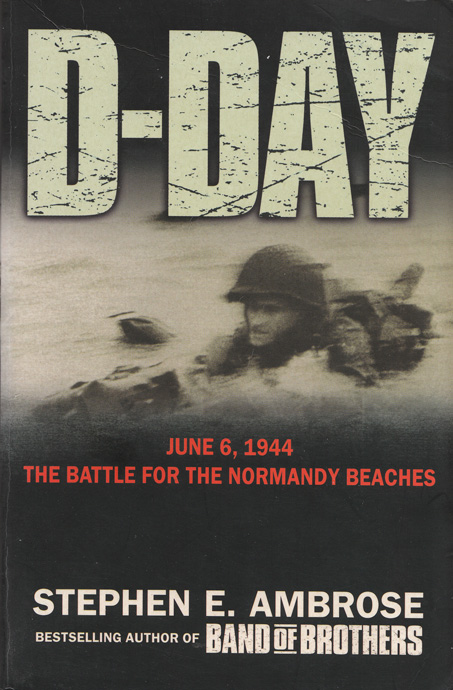I’d been ‘racking my brains’ for somewhere to visit on Remembrance Sunday, as I felt like doing something ‘war related’ – and I eventually decided to visit my local Tank Museum! Outside, there’s a large Challenger Two ‘battle tank’ (though this isn’t it):
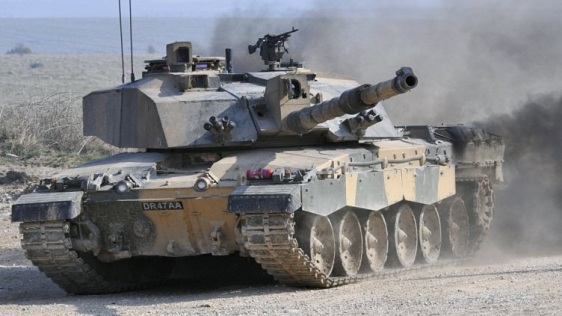
Challenger Two Battle Tank (Photo by IHS Markit/Patrick Allen)
Which fair enough, may be the ‘ultimate evolution’ of the tanks of World War Two (which were both smaller and less well protected); but I can still remember what one of my Granddads told me:
When you see a tank coming towards you …
You get out of the way – as quickly as possible!
Whilst that saying is ‘still true’ for conflict today; when your at your local tank museum, there’s no need, and there’s ‘plenty of time’ to admire 🙂 Whilst standing there (on my way out from the museum) I found myself ‘in awe’ at the size of the Challenger Two’s gun barrel! Which ‘got me thinking’: How does the armament on a tank, compare with the armament fitted on a battleship? I decided to approach this question, by considering several areas:
- Size of armament. Tank 120mm (4.72 inches). At this size, we’d ‘only be matching’ a battleships secondary armament. In the case of HMS Hood, she had twelve 139.7mm (5.5 inch) guns – akin to having six ‘fixed placed tanks’ on either beam!
- Range of armament. Tank typically 3 to 4 kilometres – but possibly up to around 10 kilometres (as that’s how far gunner’s ‘laser sights’ can see]. For one of HMS Hood’s 5.5 inch naval guns, were looking at just under 17 kilometres.
- Length of armament. Tank barrel length 55 calibres (55 x 120 = 6600 mm = 6.6 metres). For one of HMS Hood’s 5.5 inch naval guns, barrel length is 50 calibres (50 x 139.7 = 6985 mm = 6.985 metres). As barrel length is related to range, it seems unlikely that a difference of 385 mm (0.385 metres) is responsible for the ‘dramatically shorter range’ of the tank barrel. Therefore, I suspect that ‘designed role’ is the most likely reason – as tanks are designed to engage ‘closer ground based targets’ where as a battleship’s secondary armament (here 5.5 inch naval guns) were designed to engage enemy destroyers (at far greater ranges!).
- Magazine capacity. Tank 50 rounds. HMS Hood over 2000 rounds (of 5.5 inch ‘different types’ with approximately 2000 / 12 = 166 rounds per secondary naval gun). That’s quite a difference! Although as the Challenger Two has to ‘contain everything within itself’ (including four crew members), it’s also quite an achievement! Though I feel that another saying is ‘highly appropriate’ here: remember to count your rounds 🙂 Which for ‘some reason’, makes me think of Brad Pitt’s Fury.
